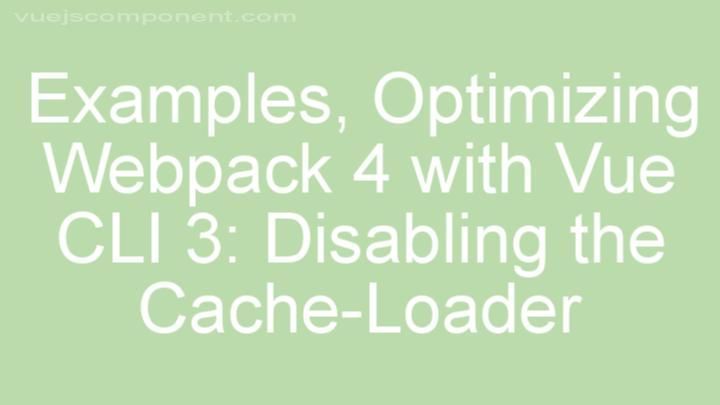
Install
flat 
Take a nested Javascript object and flatten it, or unflatten an object with
delimited keys.
Installation
$ npm install flat
Methods
flatten(original, options)
Flattens the object - it'll return an object one level deep, regardless of how
nested the original object was:
import { flatten } from 'flat'
flatten({
key1: {
keyA: 'valueI'
},
key2: {
keyB: 'valueII'
},
key3: { a: { b: { c: 2 } } }
})
// {
// 'key1.keyA': 'valueI',
// 'key2.keyB': 'valueII',
// 'key3.a.b.c': 2
// }
unflatten(original, options)
Flattening is reversible too, you can call unflatten on an object:
import { unflatten } from 'flat'
unflatten({
'three.levels.deep': 42,
'three.levels': {
nested: true
}
})
// {
// three: {
// levels: {
// deep: 42,
// nested: true
// }
// }
// }
Options
delimiter
Use a custom delimiter for (un)flattening your objects, instead of ..
safe
When enabled, both flat and unflatten will preserve arrays and their
contents. This is disabled by default.
import { flatten } from 'flat'
flatten({
this: [
{ contains: 'arrays' },
{ preserving: {
them: 'for you'
}}
]
}, {
safe: true
})
// {
// 'this': [
// { contains: 'arrays' },
// { preserving: {
// them: 'for you'
// }}
// ]
// }
object
When enabled, arrays will not be created automatically when calling unflatten, like so:
unflatten({
'hello.you.0': 'ipsum',
'hello.you.1': 'lorem',
'hello.other.world': 'foo'
}, { object: true })
// hello: {
// you: {
// 0: 'ipsum',
// 1: 'lorem',
// },
// other: { world: 'foo' }
// }
overwrite
When enabled, existing keys in the unflattened object may be overwritten if they cannot hold a newly encountered nested value:
unflatten({
'TRAVIS': 'true',
'TRAVIS.DIR': '/home/travis/build/kvz/environmental'
}, { overwrite: true })
// TRAVIS: {
// DIR: '/home/travis/build/kvz/environmental'
// }
Without overwrite set to true, the TRAVIS key would already have been set to a string, thus could not accept the nested DIR element.
This only makes sense on ordered arrays, and since we're overwriting data, should be used with care.
maxDepth
Maximum number of nested objects to flatten.
import { flatten } from 'flat'
flatten({
key1: {
keyA: 'valueI'
},
key2: {
keyB: 'valueII'
},
key3: { a: { b: { c: 2 } } }
}, { maxDepth: 2 })
// {
// 'key1.keyA': 'valueI',
// 'key2.keyB': 'valueII',
// 'key3.a': { b: { c: 2 } }
// }
transformKey
Transform each part of a flat key before and after flattening.
import { flatten, unflatten } from 'flat'
flatten({
key1: {
keyA: 'valueI'
},
key2: {
keyB: 'valueII'
},
key3: { a: { b: { c: 2 } } }
}, {
transformKey: function(key){
return '__' + key + '__';
}
})
// {
// '__key1__.__keyA__': 'valueI',
// '__key2__.__keyB__': 'valueII',
// '__key3__.__a__.__b__.__c__': 2
// }
unflatten({
'__key1__.__keyA__': 'valueI',
'__key2__.__keyB__': 'valueII',
'__key3__.__a__.__b__.__c__': 2
}, {
transformKey: function(key){
return key.substring(2, key.length - 2)
}
})
// {
// key1: {
// keyA: 'valueI'
// },
// key2: {
// keyB: 'valueII'
// },
// key3: { a: { b: { c: 2 } } }
// }
Command Line Usage
flat is also available as a command line tool. You can run it with npx:
npx flat foo.json
Or install the flat command globally:
npm i -g flat && flat foo.json
Accepts a filename as an argument:
flat foo.json
Also accepts JSON on stdin:
cat foo.json | flat




